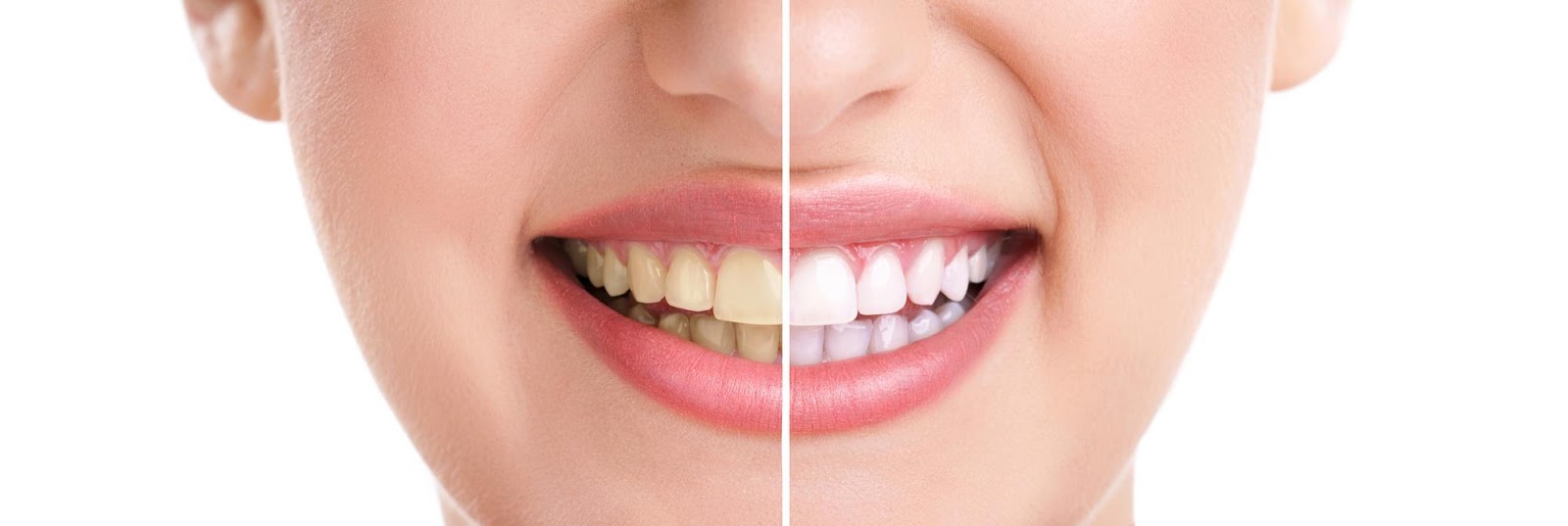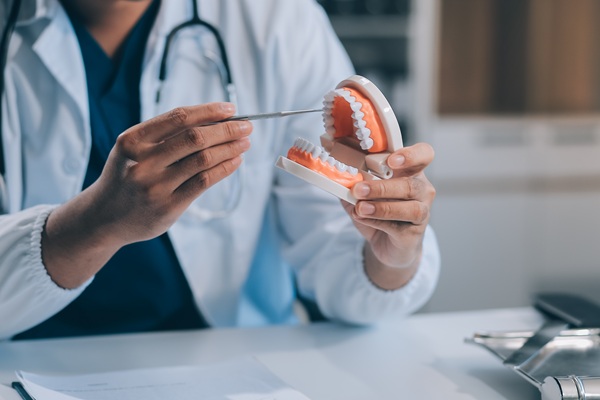Teeth Whitening Options for Your Type of Dental Stains

With the demand for radiant, white smiles rising, teeth whitening a has become a global industry worth millions of dollars. Because teeth whitening products are highly prevalent in our culture, it can be challenging for consumers to choose between the various options.
Not all whitening treatments are created equal. In fact, the Food and Drug Administration (FDA) does not have to approve tooth whitening products before they hit our shelves. The lack of regulation leaks ineffective and even unsafe whitening products to the general public.
This article discusses effective methods used to whiten teeth based on how the teeth are stained.
Surface-Level, Extrinsic Staining
Extrinsic stains affect the outermost layer of the tooth (enamel). Superficial stains are primarily the consequence of external factors, including diet, smoking, and aging. Because these types of stains are surface level, they respond to the bleaching agents in teeth whitening treatments.
1. At-Home Teeth Whitening Treatments
While some store-bought treatments can lift staining, it is essential to know that they are not as effective as professional whitening treatments. Unquestionably, the active agent in at-home teeth whitening solutions is not as concentrated as professional whitening solutions and can only brighten the teeth up to two shades. Additionally, when whitening treatments are not applied by a professional, users potentially sacrifice precision, leading to irritated gums.
2. In-Office Whitening Treatment
In-office treatments offer dramatic and immediate improvements to your smile. They work by removing surface-level stains and gently bleaching the tooth enamel to restore a stained tooth to its original brilliance.
The dentist applies a bleaching agent to the teeth during a teeth whitening treatment and activates it with a blue LED light. After one session, in-office treatments can lighten teeth up to eight shades.
3. Professional Whitening Trays
If you insist on whitening your teeth at home, ask your dentist about customized teeth whitening trays. When your dentist creates a customized tray to fit your unique bite, it becomes safer than store-bought whitening trays. Ill-fitted, over-the-counter whitening trays are associated with the bleaching agent leaking and irritating the gums. A custom-made whitening tray can keep the bleaching gel on the teeth instead of gums.
Deep, Intrinsic Staining
Unfortunately, not all stains can be treated with whitening treatments. Intrinsic stains discolor underneath the tooth enamel and are more challenging to treat. Overexposure to fluoride during childhood, dental trauma, and certain medications (including in-vitro tetracycline) can deeply stain teeth.
Because the discoloration is not surface-level, intrinsic stains do not respond to whitening treatments. As an alternative, dentists may suggest the following:
1. Veneers and Lumineers
Crafted from thin ceramic shells, dentists bond veneers and Lumineers to the front of the teeth to conceal deep staining and other cosmetic imperfections.
2. Dental Bonding
Dental bonding can hide intrinsic stains with an enamel-colored dental compound. Dental bonding is a quick, affordable solution for minor intrinsic stains but does not last forever.
3. Dental Crowns
If patients experience dental trauma, the dentist must remove the damaged interdental tissue. A crown can strengthen and improve the appearance of a hollow tooth.
Discuss Your Teeth Whitening Options Today
Teeth whitening is not a one-size-fits-all situation, so seek professional advice to understand how to improve the appearance of your teeth. At Advanced Family Dentistry, Dr. Payam K. Asadi assesses the staining on the teeth and chooses effective methods to brighten and whiten teeth. Please call (520) 353-3002 or conveniently book an appointment online for more information on teeth whitening options in Tucson, AZ.
Recent Posts
Want to avoid the need for denture repair? Learning how to properly care for and use your dentures is one of the more important things you can do in order to prevent your dentures from needing any type of repair. Even so, your dentures may need a few minor repairs over the years in order…
Missing teeth can impact the appearance of the smile and make it difficult to speak, chew, and eat. Dental implant restoration is a method of replacing missing teeth that can improve the appearance of a patient's smile and restore the function of the teeth.Implant restoration involves surgically placing artificial tooth roots into the jaw of…
A well-chosen dental office can be your trusted partner in supporting lifelong oral health and a positive experience for every member of the family. Selecting a dental office that meets both your clinical and personal needs helps build long-term trust and confidence. When families feel comfortable and understood by a dental team, it makes it…
Dental veneers restore one’s smile with custom-fit shells. The dentist will place them on the front surface of the teeth to cover any damage and discoloration. Understanding the process of getting these restorations can help you prepare for your next appointment. Here are the details on what to expect when getting dental veneers.Consulting a general…


